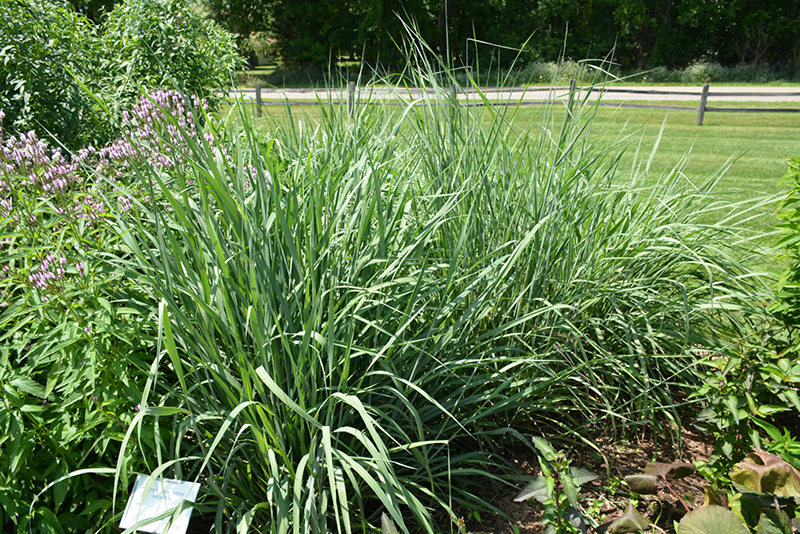Brunswick
422 Bath Road
Brunswick, ME 04011
1-800-339-8111
207-442-8111
Falmouth
89 Foreside Road
Falmouth, ME 04105
1-800-244-3860
207-781-3860
Cumberland
201 Gray Rd (Route 100)
Cumberland, ME 04021
1-800-348-8498
207-829-5619
Height: 5 feet
Spread: 24 inches
Sunlight:
![]()
Hardiness Zone: 3a
Other Names: Indiangrass
Description:
A clump forming native grass producing tall blue-green blades which turn gold in fall, and retain some color through the winter; light brown, feathery panicles appear above the foliage in late summer, turning copper in fall; an excellent vertical accent
Ornamental Features
Indian Grass is primarily grown for its highly ornamental fruit. The coppery-bronze seed heads are carried on showy plumes with dark brown overtones and which fade to gray over time, which are displayed in abundance from early fall to mid winter. It has masses of beautiful panicles of brown flowers held atop the stems in late summer, which are most effective when planted in groupings. Its grassy leaves are bluish-green in color with hints of silver. As an added bonus, the foliage turns gorgeous shades of yellow and in the fall. The tan stems can be quite attractive.
Landscape Attributes
Indian Grass is an herbaceous perennial grass with an upright spreading habit of growth. Its relatively fine texture sets it apart from other garden plants with less refined foliage.
This is a relatively low maintenance plant, and is best cut back to the ground in late winter before active growth resumes. It has no significant negative characteristics.
Indian Grass is recommended for the following landscape applications;
- Vertical Accent
- Mass Planting
- General Garden Use
- Groundcover
- Naturalizing And Woodland Gardens
Planting & Growing
Indian Grass will grow to be about 4 feet tall at maturity, with a spread of 24 inches. It tends to be leggy, with a typical clearance of 1 foot from the ground, and should be underplanted with lower-growing perennials. It grows at a medium rate, and under ideal conditions can be expected to live for approximately 15 years. As an herbaceous perennial, this plant will usually die back to the crown each winter, and will regrow from the base each spring. Be careful not to disturb the crown in late winter when it may not be readily seen!
This plant should only be grown in full sunlight. It is very adaptable to both dry and moist locations, and should do just fine under typical garden conditions. It is not particular as to soil type or pH. It is highly tolerant of urban pollution and will even thrive in inner city environments. This species is native to parts of North America. It can be propagated by division.

